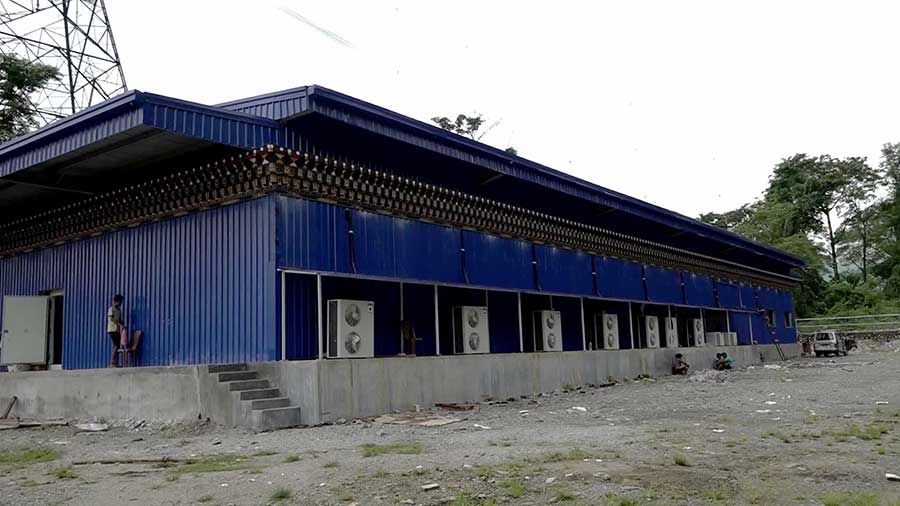
Soon, farmers across the country will be able to store surplus vegetables and fruits throughout the year. This is because the cold storage construction in Sarpang and Trashigang is nearing completion. Once complete, each facility will have a capacity to store more than 300 metric tons of agriculture and livestock products.
Farmers especially those who have ventured into commercial vegetable farming are eagerly waiting for the facility. They said they can store the vegetables and sell them when there is a demand.
“It would benefit commercial farmers. If the vegetables such as cabbage, cauliflower and broccoli are not harvested on time, it gets spoilt in the fields. If we harvest it all at once, we cannot sell it. Therefore, cold storage will benefit us,” said Deepak Chhetri, a farmer in Sarpang.
“Until now, without cold storage, we couldn’t store the vegetables. Once the vegetables are harvested, now we can preserve them and the quality can be also maintained,” said Singye Gup, Jigme.
“The potatoes will be harvested within a few months. If the construction of the cold storage gets complete before the harvest, farmers will be benefitted,” said Khaling Mangmi, Sonam Rabgay.
Shortage of workers and construction materials amid the pandemic delayed the construction of the cold storage facilities in Sarpang and Trashigang.
The construction works that began in February last year were supposed to be complete by August the same year.

The cold storage facility in Sarpang is scheduled to complete by this month while in Trashigang it will be completed next month.
The government included the construction of cold storage as one of the critical components of the Economic Contingency Plan 2020-2021 to ensure food security and achieve self-reliance.
The agriculture ministry prioritised and initiated the construction of three multi-chambered cold stores at strategic locations in Sarpang, Trashigang and Wangdue Phodrang.
The locations are identified depending on the production of nine valuable crops and vegetables, the number of schools and students under the School and Hospital Feeding Programme, the urban population in the districts and access to potential markets.
Karma Wangdi & Sonam Darjay
Edited by Tshering Zam




